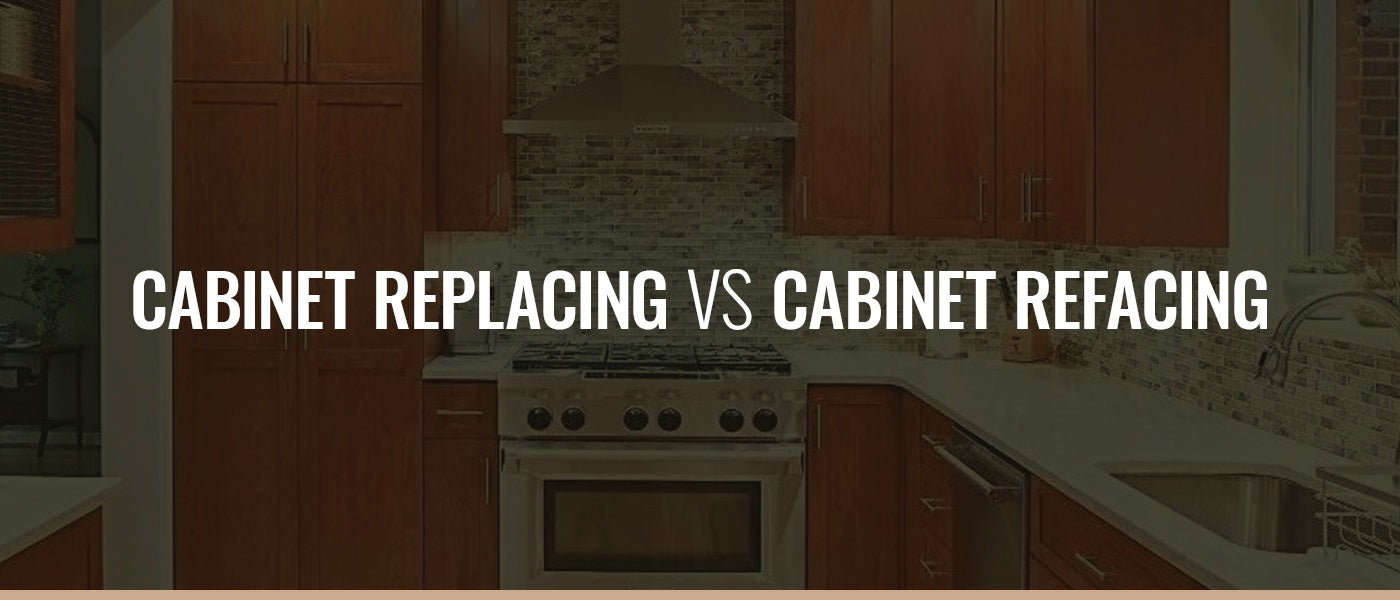
Cash out refinance allows you to get a new loan in order to repay the old mortgage. The new loan amount is greater than your existing mortgage and you receive the difference at closing. You can use the money for home improvements and debt consolidation. This type is not without its pros and cons. It's important to weigh these before you decide to take it.
Cash out refinances are a great way for you to finance home improvements. You need to get the lowest rate and still have enough equity. To help determine how much money to spend on your home, you can use the loan-to value calculator. Calculate how much money to spend on your home improvement projects before comparing rates. You can use the difference to get a loan for the renovations.

A cash-out refinance is an excellent way to increase your home equity. Remember that your monthly payments will be lower if your equity is higher. A cash out refinance is best for projects that will boost the value of your home. Know your financial situation to ensure you get the best rate. To calculate the loan-to value ratio, you can use a loan to value calculator. This tool will give you an estimate of the amount you can borrow and the amount you should spend.
When choosing a cash out refinance, you should consider your budget and the costs associated with it. The costs of a cash out refinance include lender fees, appraisal fees, and other costs. These fees may not be necessary if you are only looking at a small loan. It is also important to wait for funds to arrive in your bank account. A cash out refinance is a good option if you have large renovation costs.
A cash out refinance is an excellent option for those who need money to make improvements to their home. You can use the loan to make home improvements. The interest rate on the loan should be lower than the current one. The equity in your home can be used to lower the interest rate and provide more money for major purchases. Additionally, home equity loans are tax-deductible.

A cash out refinance has the advantage that you can get more money from the same loan. This is a good option if your need cash for major expenses or debt consolidation. It also allows you to pay off high interest credit cards. You can consolidate other debt with the extra funds. You can also make other home improvements that will increase the value of your home. Cash out refinance is a great choice for many reasons.
FAQ
Can you live in your house while it's being renovated?
Yes, I am able to live in a house and renovate it.
Is it possible to live in a house with renovations going on? The answer depends on how long the construction work takes. If the renovation process takes less than 2 months, then your home can be lived in while it's being renovated. You cannot live in your house while the renovation process is ongoing if it lasts more than two years.
Because of the possibility of falling objects, you shouldn't live in your home while a major construction project is underway. You could also suffer from noise pollution and dust caused by the heavy machinery used on the job site.
This is particularly true if you live on a multi-story home. In such cases, vibrations and noises from construction workers may cause irreparable damage to your property.
As mentioned earlier, you will also have to deal with the inconvenience of living in a temporary shelter while your home is being renovated. You won't have all the amenities of your home.
While your dryer and washing machine are being repaired, you won't be able use them. In addition to the unpleasant smells of chemicals and paint fumes, you will have to endure the noises made by workers.
All these factors can result in stress and anxiety within your family. You should plan ahead to avoid feeling overwhelmed by this situation.
Do your research before you begin renovating your home. You can avoid costly mistakes later.
A reputable contractor can also be of assistance to you in order to make sure everything runs smoothly.
How do you renovate a house with no money?
The following steps should be taken when renovating a house without any money:
-
A budget plan should be created
-
Find out what materials are required
-
Decide where you want to put them
-
Make a list of things you need to buy
-
How much money do you have?
-
Plan your renovation project
-
Start to work on your plans
-
Online research is a good idea.
-
Ask family members and friends for help
-
Get creative!
Do I need permits to renovate my house?
Permits are required before you can start any home improvement project. In most cases you will need to have a building permit along with a plumber's permit. You might also require a zoning permission depending on which type of construction is being undertaken.
Can I rent a dumpster?
You can rent a dumpster for debris removal after your home renovation. A dumpster can be rented to help keep your yard clean and free of trash.
How much does it set you back to renovate your house?
Renovations cost typically $5,000 to $50,000. Most homeowners spend around $10,000 to $20,000 on renovations.
How long does it take to complete a home renovation?
It depends on how large the project is, and how long you spend on it each day. The average homeowner works on the project for three to six hour a week.
Is it better to hire a general contractor or a subcontractor?
It is more expensive to hire a general contractor than to subcontract. A general contractor often has many workers, which means they can charge their clients more for labor. Subcontractors, on the contrary, hire one employee and charge less per hour.
Statistics
- On jumbo loans of more than $636,150, you'll be able to borrow up to 80% of the home's completed value. (kiplinger.com)
- A final payment of, say, 5% to 10% will be due when the space is livable and usable (your contract probably will say "substantial completion"). (kiplinger.com)
- It is advisable, however, to have a contingency of 10–20 per cent to allow for the unexpected expenses that can arise when renovating older homes. (realhomes.com)
- Design-builders may ask for a down payment of up to 25% or 33% of the job cost, says the NARI. (kiplinger.com)
- They'll usually lend up to 90% of your home's "as-completed" value, but no more than $424,100 in most locales or $636,150 in high-cost areas. (kiplinger.com)
External Links
How To
Do you renovate interior or exterior first?
Which one should I first do?
There are many factors you need to consider when choosing which project you want to work on. The most important thing to consider when deciding which project to start is whether the structure is old or new. There are many factors to consider if the building is older, such as its roof, condition, windows, doors and flooring. You should also consider the design, location, size, number and style of the building.
If the building has an older roof, it is worth looking at the roof first. If the roof looks like it could fall apart any day now, then you might want to get started on the renovation before anything else. If the roof is fine, then you can move onto the next step. Next, take a look at the windows. The windows should be inspected for damage or dirt before you do anything else. After this, go through the doorways and make sure that they are clean and free from debris. Next, check that everything seems to be in order before you begin work on the floors. It is important that your flooring is strong and stable so that it will not give way no matter what you do. After you have completed these steps, you can move on the walls. Check the walls for cracks and damage. If the wall is fine, then you should proceed to the next step. After the walls have been inspected, it is time to inspect the ceiling. The ceiling should be inspected to make sure it can support any weight that you might place on it. If all is well, then you are ready to move on to the next phase of your renovation.
If your building was constructed recently, you might want to look at the exterior. Examine the exterior of the house. Is it clean? Is it free from cracks? Does it look great? If your exterior isn't looking great, you should make some changes. Your home shouldn't look shabby. Next, you need to inspect the foundation. Repairing the foundation is a good idea if it appears weak. Also, check the driveway. It should be level and smooth. If it's not, it should be fixed. Check the sidewalk as well. You should replace the sidewalk if it's uneven.
After you have checked these areas, you can move on to the interior of your house. Start by looking at the kitchen. Is it well maintained and clean? You should clean up any mess. Next, check the appliances. You want them to be in good order and working correctly. If they aren't, then you should either buy new ones or fix them. You can then inspect the cabinets. If they are stained or scratched, then you should probably paint them. If they are in good shape, then you can move to the bathroom. In here, you should check the toilet. If it leaks, then you should probably get a new one. If it's just dirty, then you should probably wash it. Next, check out all the fixtures. You should make sure they are clean. They should be cleaned if they are dirty. Finally, make sure to inspect the countertops. Repainting countertops is advisable if they have cracked or are chipped. Sealant should be used if the surfaces are smooth and shiny.
Check the furniture last. Make sure that none of it is missing or broken. If it's missing or damaged, you need to find it. You should repair anything that is damaged. Once you have checked everything, you can return outside to complete the job.